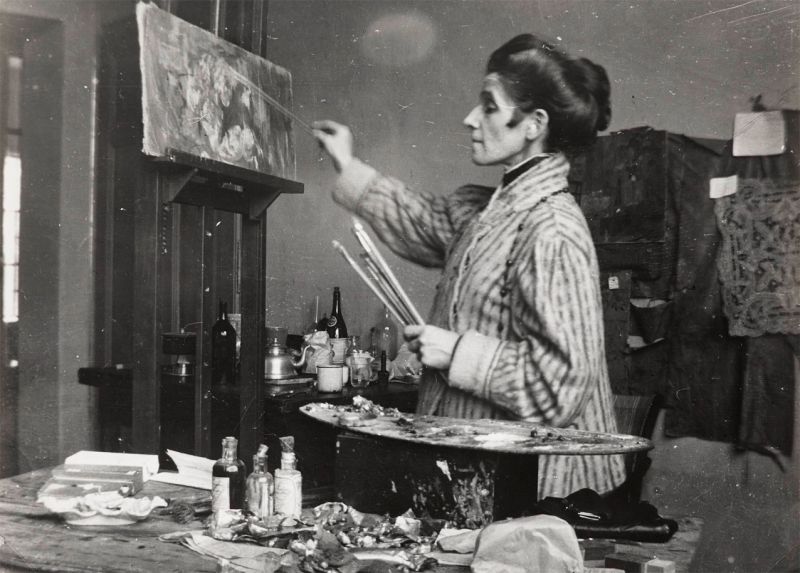Olga Boznańska. Kraków – Munich – Paris
Mediathek Sorted
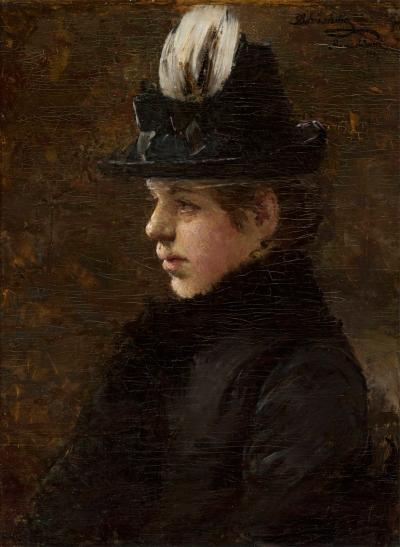
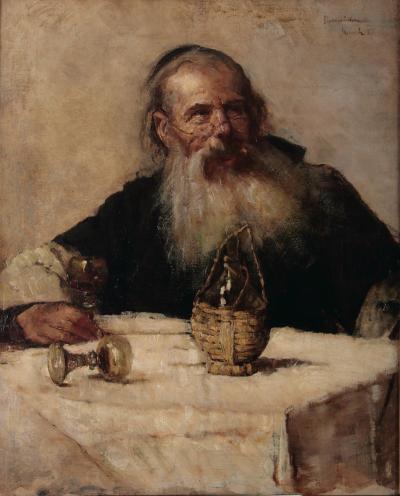
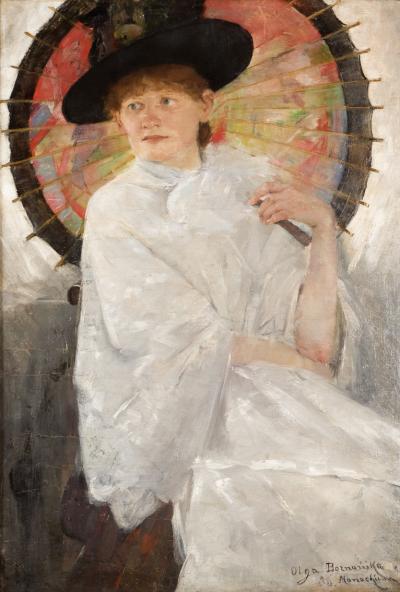
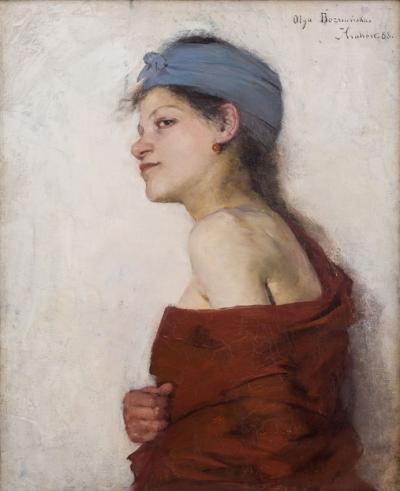
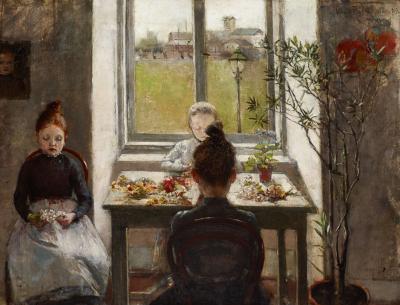
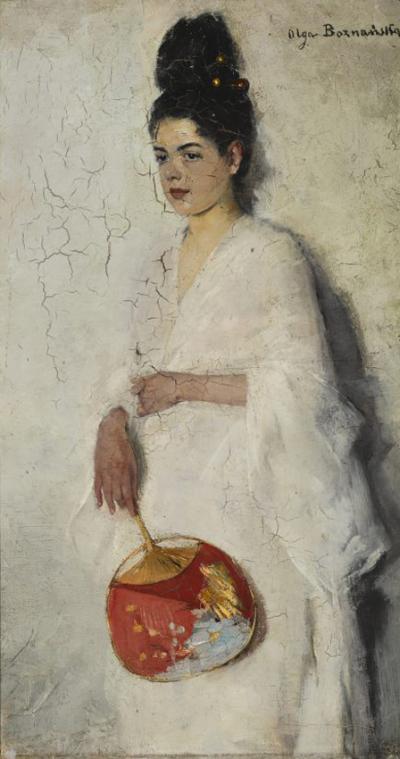

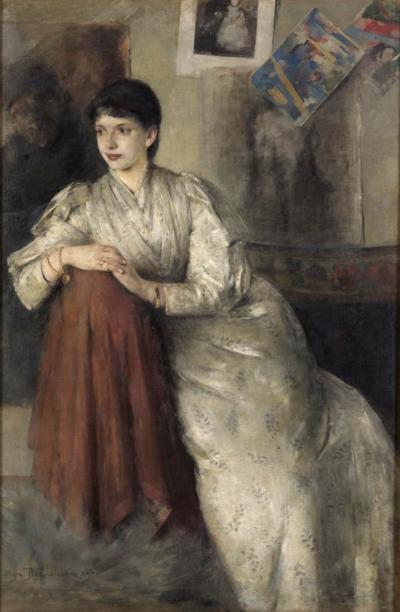
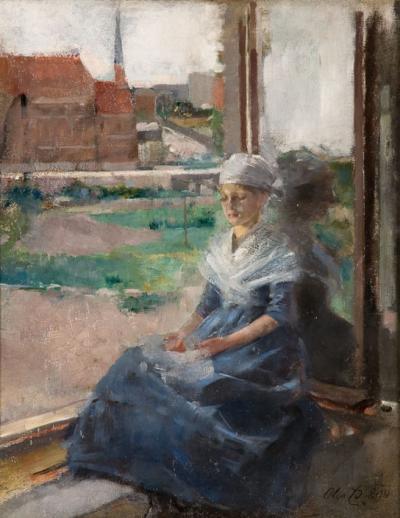
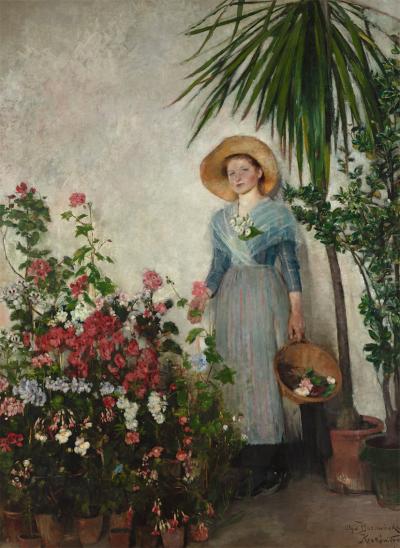
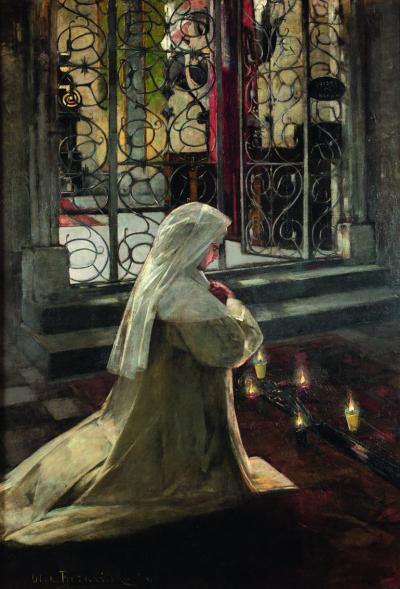
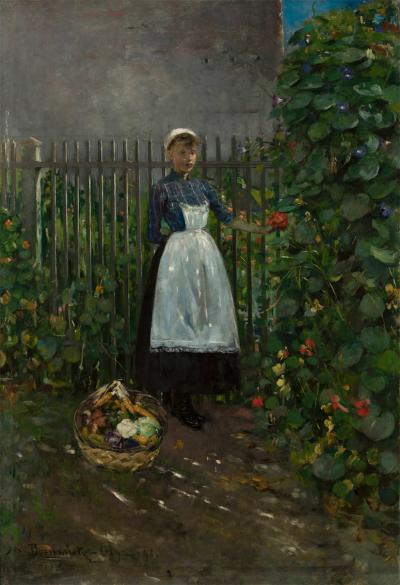
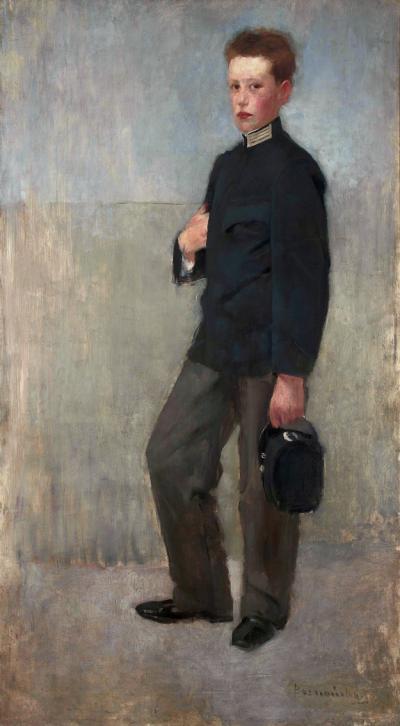
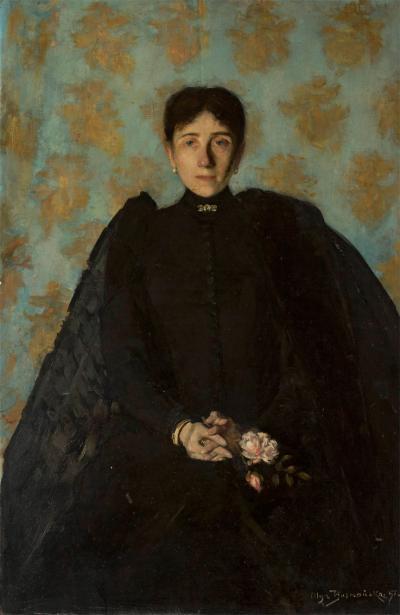
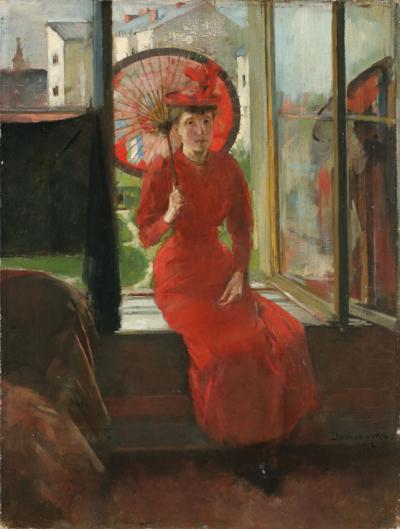
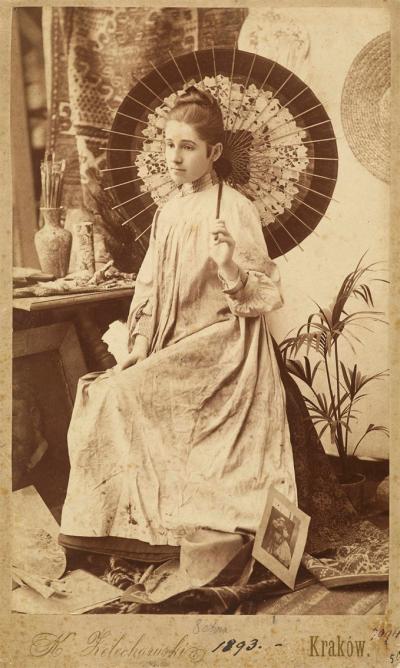
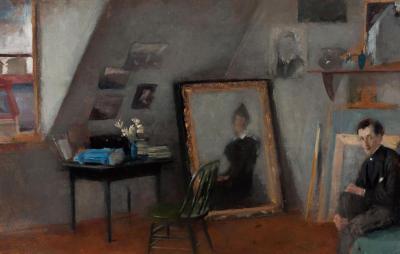
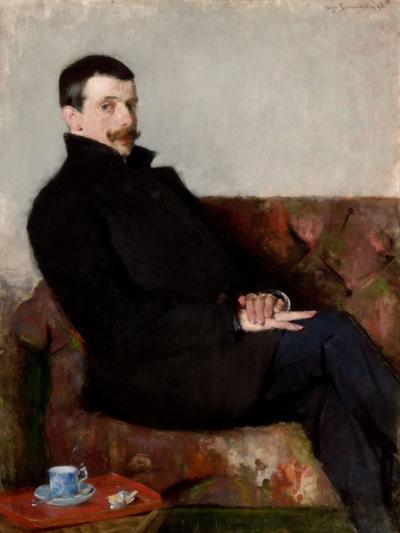
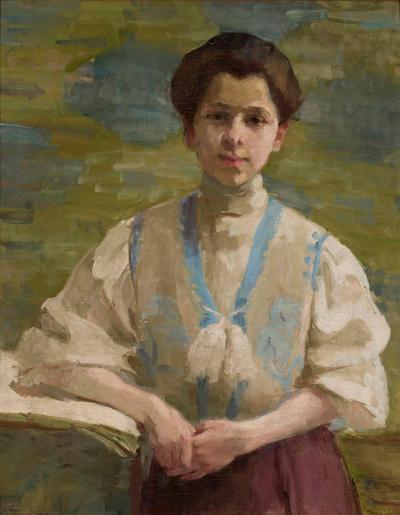
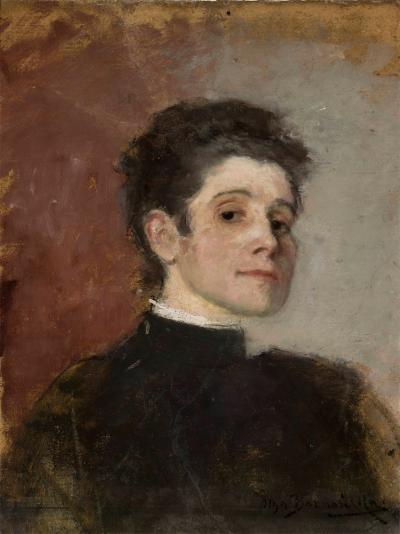
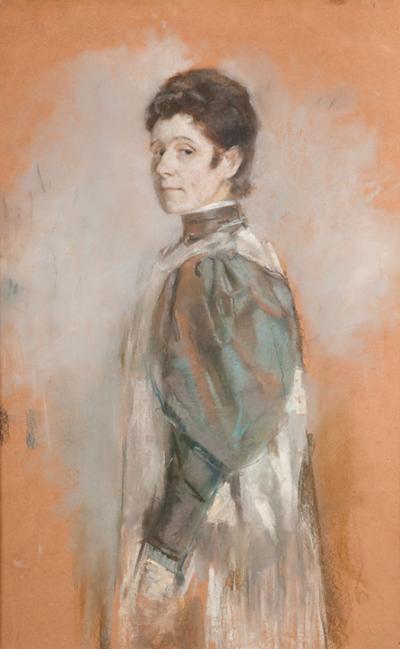
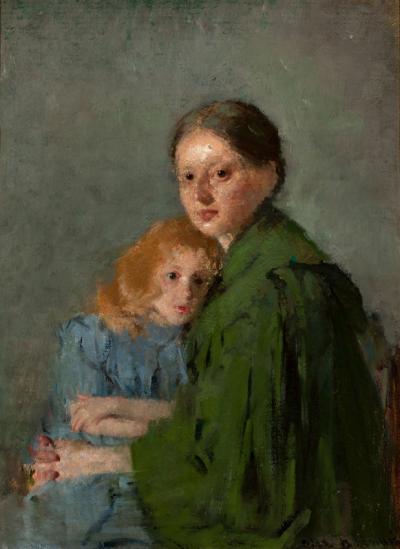
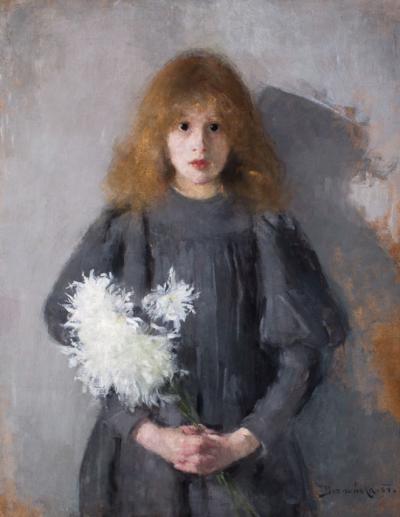
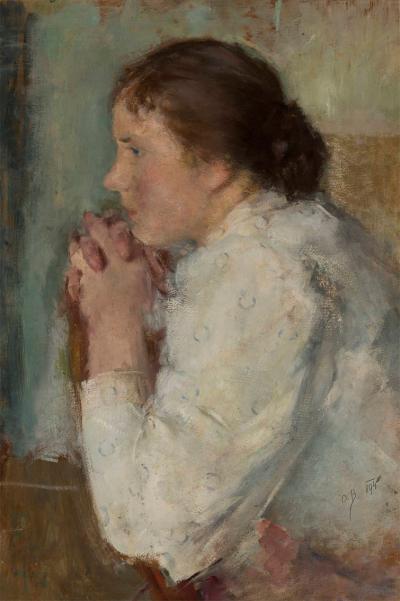
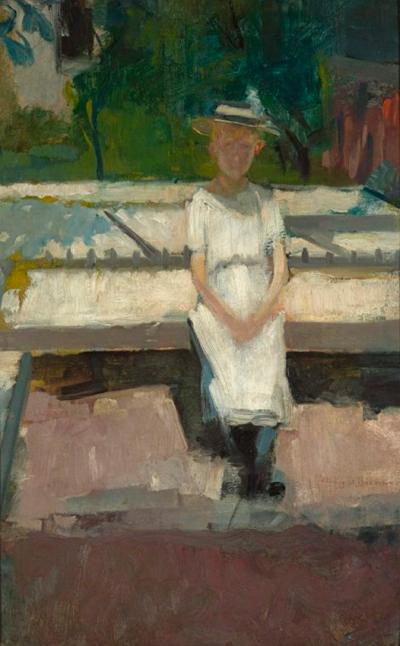
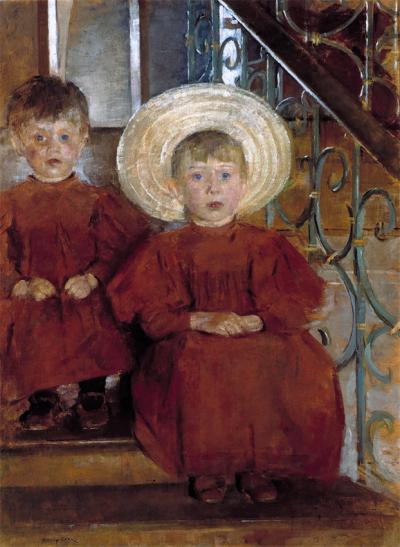

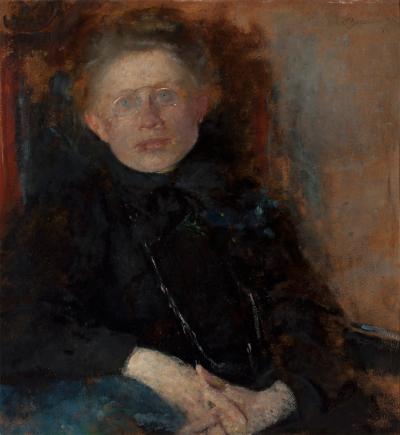
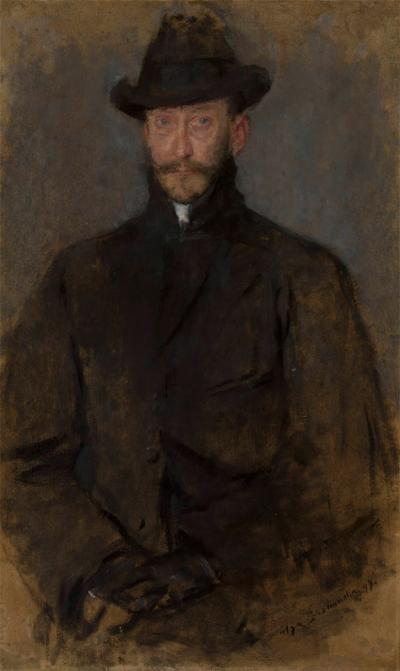
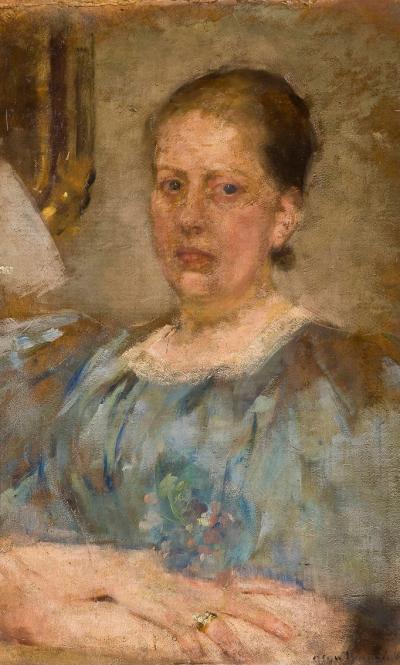
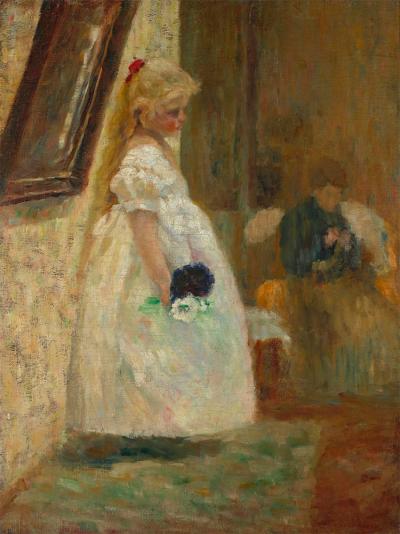

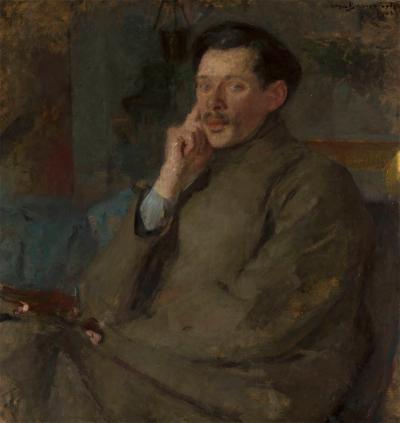
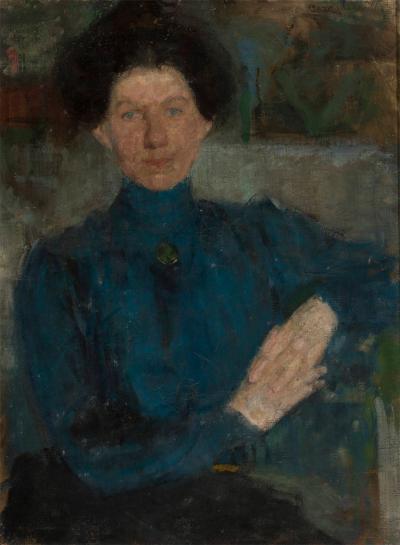
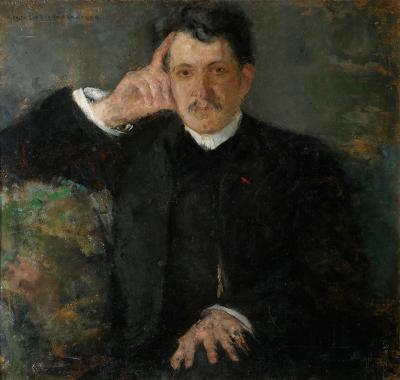
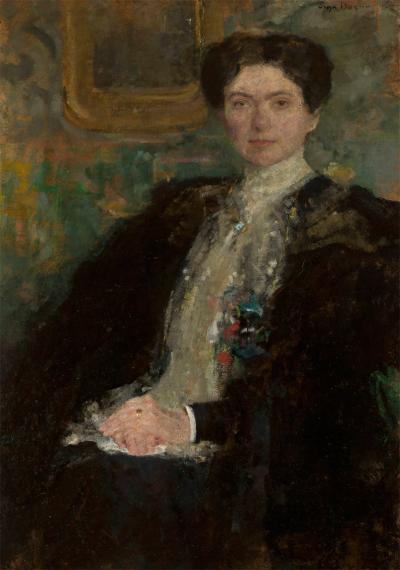
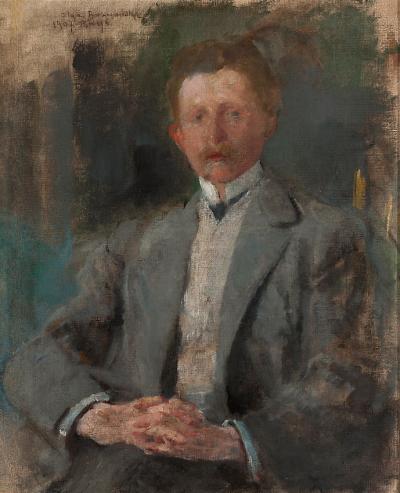
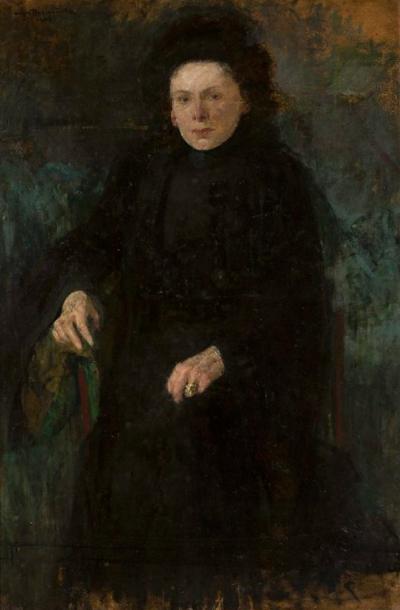
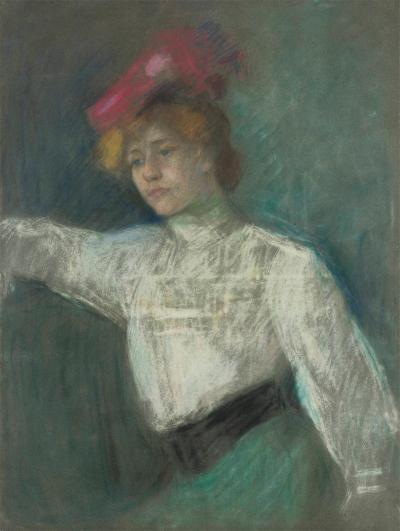
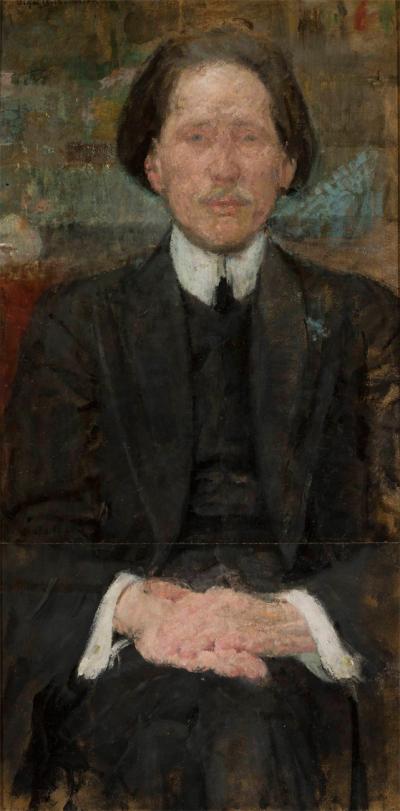


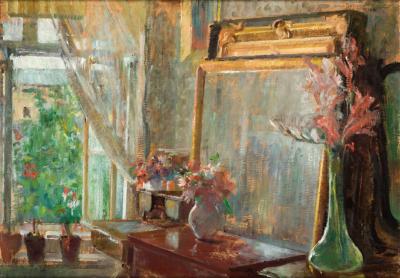
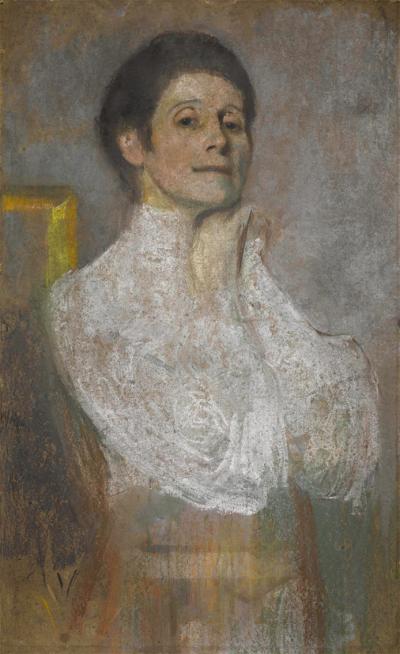
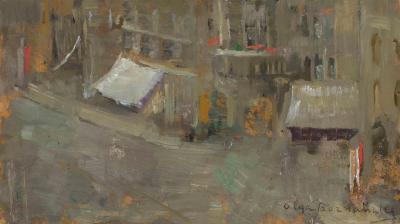
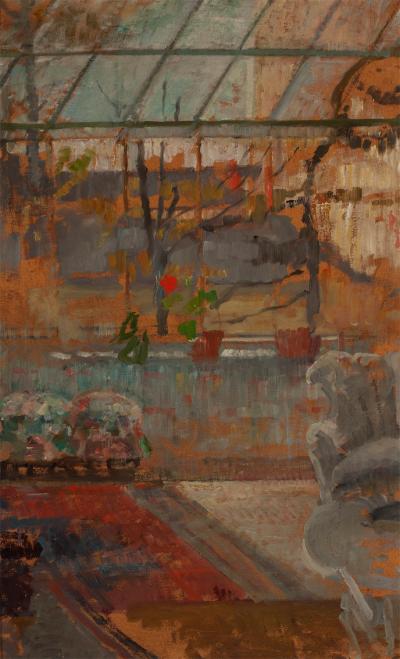
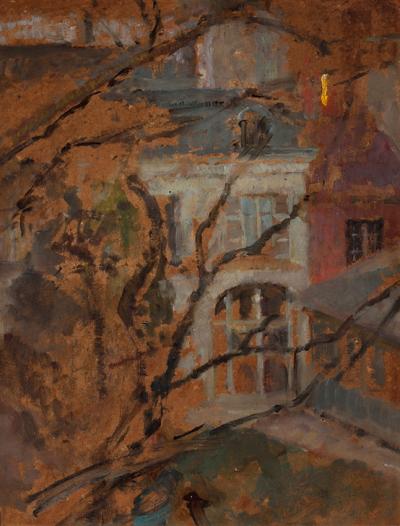
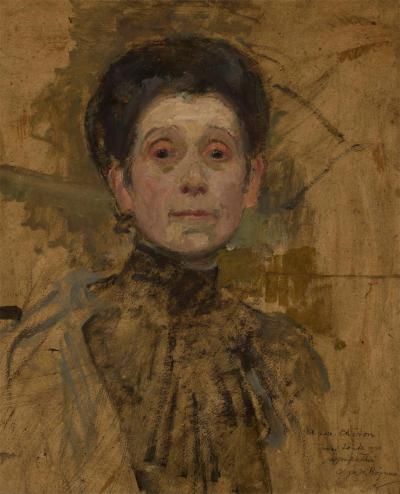
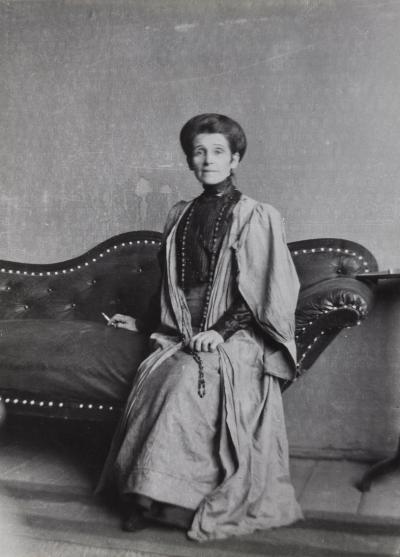
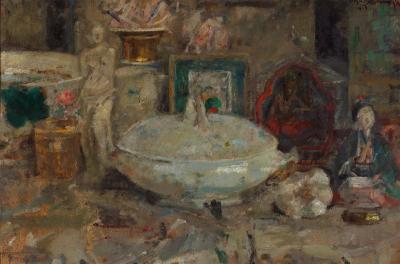
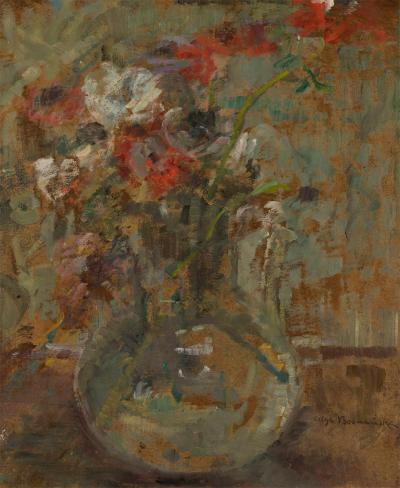
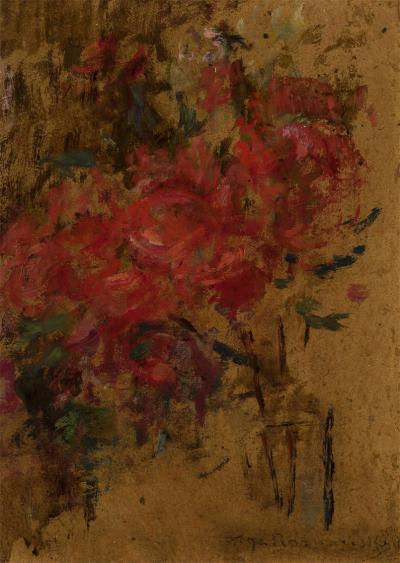
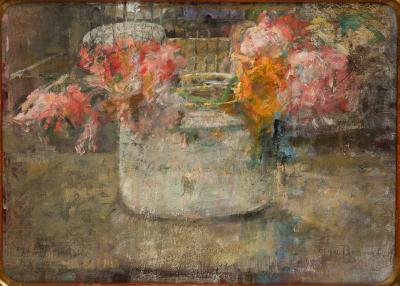

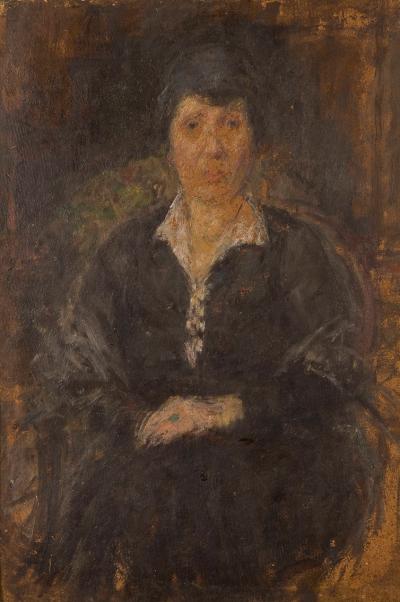
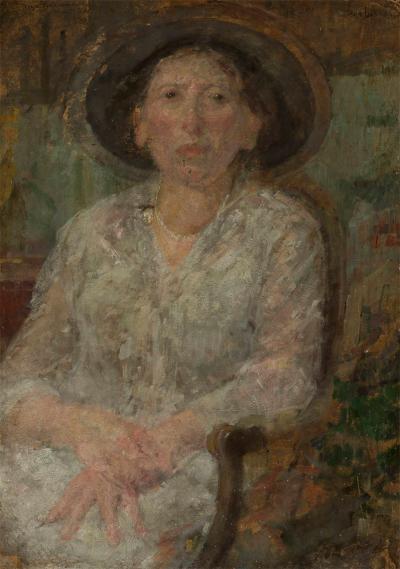
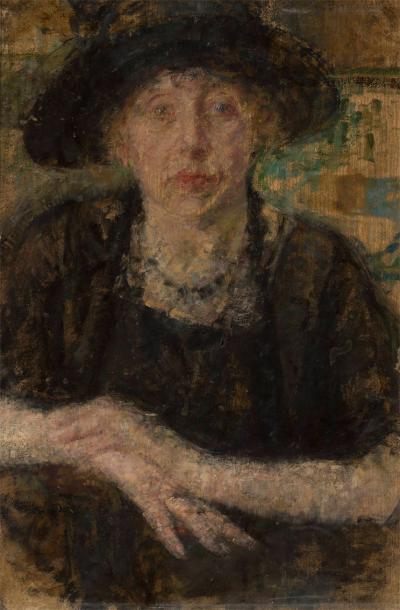
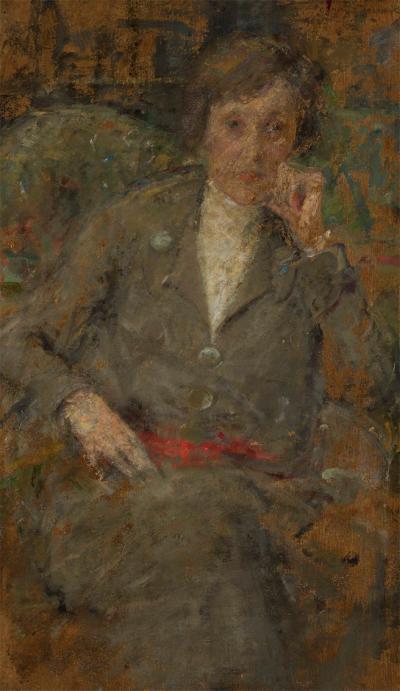
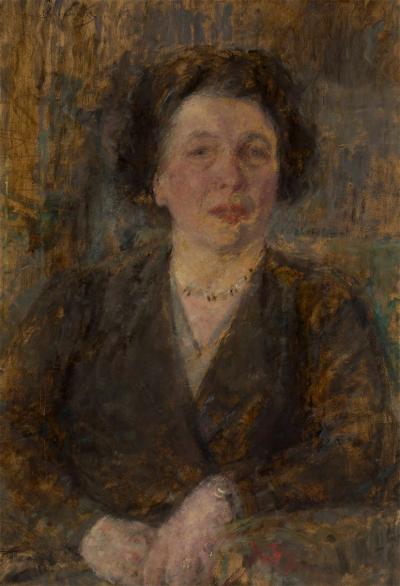
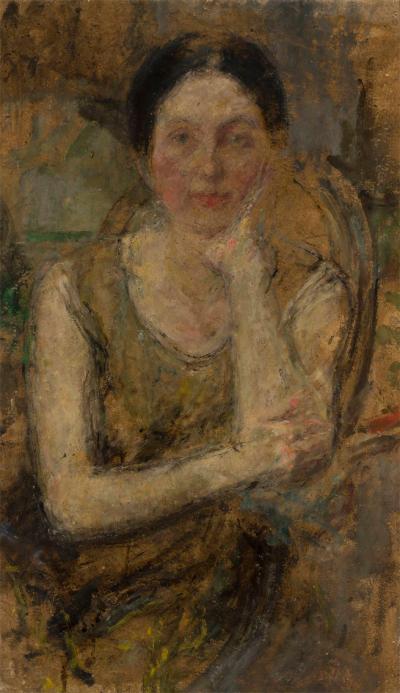


Olga Helena Karolina h. Nowina Boznańska was born in Kraków on 15. April 1865. Her mother Eugénie Mondant (1832-1892), was a teacher who came from the French Département of Ardèche; and her father, Adam Gustaw h. Nowina Boznański (1836-1906) was a railway engineer who had trained in Vienna. The family lived in a broad, but not very expensive house that her father had built in the ul. Wolska 21 in 1870, and in which the painter kept a studio for the rest of her life.[1] Her sister Iza was born in 1868. At the age of six Olga received her first drawing lessons from her mother. In 1878 and 1881 the family visited the World Exhibitions in Paris and Vienna. Starting in 1883 Olga received drawing lessons in her parents’ house, from the painters Józef Wojciech Siedlecki (1841-1915) and Kazimierz Pochwalski (1855-1940). She spent her summer holidays in Zakopane. In the following year she began her art studies at the College of Women’s Courses/Wyższe Kursy dla Kobiet , set up and headed by the social activist, Adrian Baraniecki (1828-1891), because women were not allowed to study at the traditional Kraków School of Fine Arts/Szkoła Sztuk Pięknych. She was hugely impressed by the courses in art history given by the academic, Marian Sokołowski (1839-1911) and the literary critic, art critic and historian, Konstanty Maria Górski (1862-1909). Her painting and drawing teachers were the figure and genre painter, Hipolit Lipiński (1846-1884), and the genre and portrait painter, Antoni Piotrowski (1853-1924), both of whom were representatives of the school of realist, colourful and intricate history painters. As a rule students drew portraits from heads made of plaster-of-Paris, and only occasionally from living models. 40 years later Boznańska condemned all her training as an utter waste of time.[2]
In October 1885 (or 1886) Boznańska moved to Munich to continue her art studies because all her life she felt that Kraków was so sad and fearsome.[3] At the time the capital of the kingdom of Bavaria had been the favourite place of refuge for Polish art students for the past two decades. Above all, after the January uprising in 1863, a huge number of painting students who had taken part in the uprising, went into exile in Munich. One of these was Józef Brandt (1841-1915), who began his studies at the Royal Academy of Pictorial Arts in 1863 and opened his own studio in Munich three years later: this soon attracted so many other Polish students that it became the centre of the Munich “Polish colony”.[4] Thanks to its lively art and gallery scene, the two Pinakotheks, the high quality of the professors teaching at the Academy and the tolerant attitudes of its inhabitants, the Bavarian capital was a highly attractive place for foreign students. Even Jan Matejko (1838-1893), who was derided as a dry conservative director at the Kraków School of Art, had studied in Munich in 1858. Above all in the 60s and 70s a number of Polish painters who soon became well-known and indeed famous, had trained in Munich at the Art Academy and at private painting schools: these included Maksymilian and Aleksander Gierymski, Władysław Czachórski, Adam Chmielowski, Józef Chełmoński, Jan Chełmiński, Wojciech Kossak, Alfred Wierusz-Kowalski and Julian Fałat.
[1] The current adress of the unchanged house is ul. Piłsudskiego 21, cf. http://krakow-przewodnik.com.pl/uliczkami-i-placami/ulica-pilsudskiego/, Dom no. 21. Boznańska’s studio in the attic can still be recognised.
[2] Urszula Kozakowska-Zaucha: Great, Truly Great Artist. The Krakw of Olga Boznańska, in: Exhibition cat. Olga Boznańska, Krakòw 2014, page 26
[3] ibid. page 28
[4] “Die Polenkolonie: Brandt, Gierymski, Chelminski, Kowalski, Kozakiewicz“, in: Adolf Rosenberg: Die Münchner Malerschule in ihrer Entwicklung seit 1871, Leipzig 1887, page 47





















































































